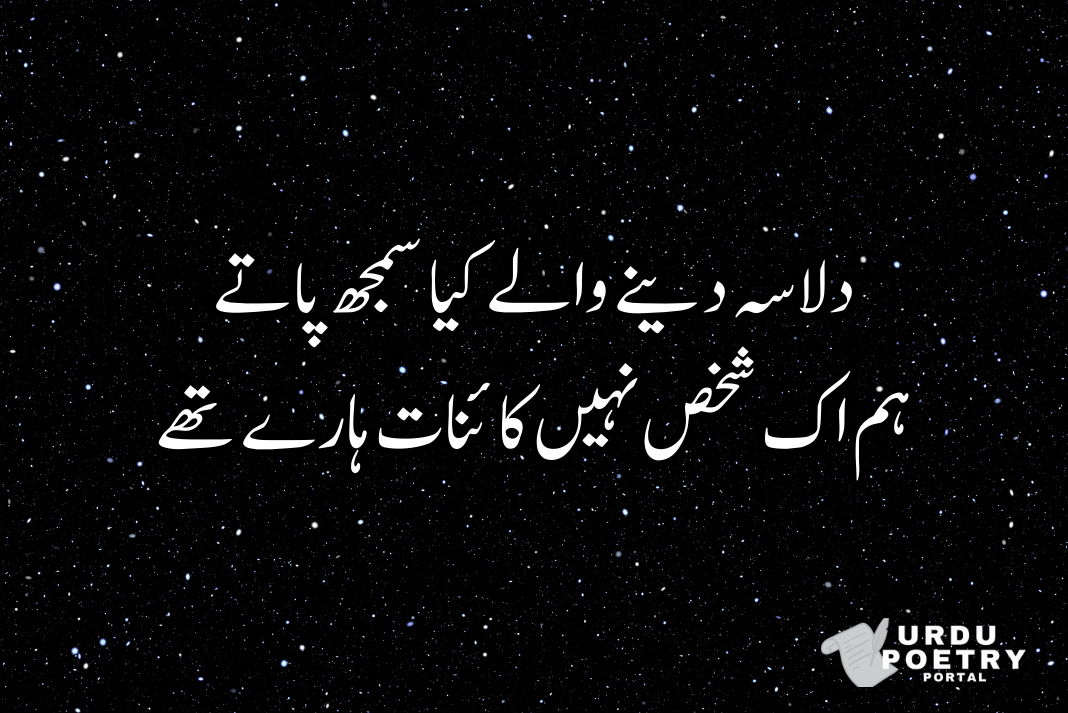
Introduction
Urdu poetry, often referred to as “Shayari,” is a profound and timeless art form that has captivated hearts for centuries. It is a beautiful blend of language, emotion, and culture, offering a unique way to express feelings, thoughts, and experiences. Whether it’s the romantic verses of Mirza Ghalib, the revolutionary words of Allama Iqbal, or the soulful lines of contemporary poets, Urdu poetry continues to resonate with people across the globe. In this article, we will explore the essence of Urdu poetry, its history, famous poets, and its relevance in today’s world. We’ll also address some frequently asked questions to help you better understand this art form.
H2: What is Urdu poetry?
Urdu poetry, or Shayari, is a form of literary expression that uses the Urdu language to convey emotions, ideas, and stories. It is characterized by its rhythmic flow, metaphors, and deep meaning. Urdu poetry is often recited or sung, making it a versatile art form that appeals to both the heart and the mind.
H3: The Origins of Urdu Poetry
Urdu poetry has its roots in the 13th century, evolving from Persian and Arabic literary traditions. It flourished during the Mughal era, where it became a significant part of court culture. Over time, it incorporated elements from Indian languages, creating a unique blend that is both rich and diverse.
H3: Forms of Urdu Poetry
Urdu poetry comes in various forms, each with its own structure and style. Some of the most popular forms include:
- Ghazal: A poetic form consisting of rhyming couplets and a refrain, often expressing themes of love, loss, and longing.
- Nazm: A more structured form of poetry that follows a specific theme or narrative.
- Rubai: A quatrain with a specific rhyme scheme, often used to convey philosophical ideas.
- Qawwali: A form of devotional poetry that is sung in Sufi traditions.
H2: The Golden Era of Urdu Poetry
The 18th and 19th centuries are often referred to as the golden era of Urdu poetry. This period saw the rise of legendary poets who left an indelible mark on the literary world.
H3: Mirza Ghalib, The Master of Ghazal
Mirza Ghalib is one of the most celebrated Urdu poets, known for his profound and thought-provoking Ghazals. His poetry delves into themes of love, existentialism, and the human condition, making him a timeless figure in Urdu literature.
H3: Allama Iqbal, The Poet of the East
Allama Iqbal, also known as the “Poet of the East,” used his poetry to inspire and awaken the masses. His works often revolve around themes of self-realization, spirituality, and social justice.
H3: Faiz Ahmed Faiz—The Voice of Revolution
Faiz Ahmed Faiz is renowned for his revolutionary poetry that addresses issues of oppression, inequality, and human rights. His words continue to inspire activists and thinkers around the world.
H2: The Relevance of Urdu Poetry in Modern Times
Despite the passage of time, Urdu poetry remains relevant and cherished. Its ability to convey complex emotions in simple yet profound words makes it a favorite among people of all ages.
H3: Urdu Poetry in Bollywood
Bollywood has played a significant role in keeping Urdu poetry alive. Many iconic songs and dialogues in Indian cinema are inspired by Urdu poetry, showcasing its enduring appeal.
H3: Urdu Poetry on Social Media
Social media platforms like Instagram and Twitter have become a hub for Urdu poetry enthusiasts. Poets and writers share their work online, reaching a global audience and keeping the tradition alive.
H2: How to Appreciate Urdu Poetry
Appreciating Urdu poetry requires an understanding of its language, metaphors, and cultural context. Here are some tips to help you get started:
- Learn the Language: Familiarize yourself with basic Urdu words and phrases.
- Understand the Context: Research the historical and cultural background of the poem.
- Listen to Recitations: Listening to poets recite their work can enhance your understanding and appreciation.
H2: Frequently Asked Questions (FAQs)
H3: What is the difference between Ghazal and Nazm?
A ghazal is a collection of rhyming couplets with a refrain, while a nazm is a more structured poem that follows a specific theme or narrative.
H3: Who are some modern Urdu poets?
Some modern Urdu poets include Jaun Elia, Parveen Shakir, and Ahmed Faraz, who have contributed significantly to contemporary Urdu literature.
H3: Can non-Urdu speakers enjoy Urdu poetry?
Absolutely! Many Urdu poems have been translated into English and other languages, allowing non-Urdu speakers to appreciate their beauty and depth.
H3: Where can I read Urdu poetry online?
Websites like ShayariTime.com offer a vast collection of Urdu poetry, making it accessible to enthusiasts worldwide.
H2: Conclusion
Urdu poetry is more than just words; it is an emotion, a culture, and a way of life. Its timeless appeal lies in its ability to connect with people on a deep, emotional level. Whether you are a seasoned poetry lover or a curious beginner, exploring the world of Urdu poetry can be a rewarding experience. So, dive into the enchanting world of Shayari and let its magic touch your soul.
Leave a Reply